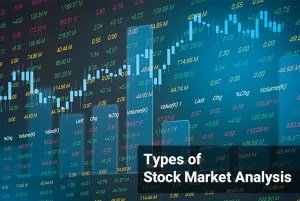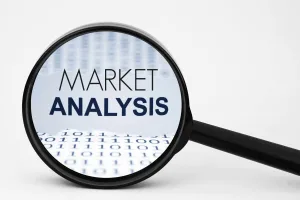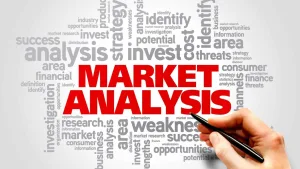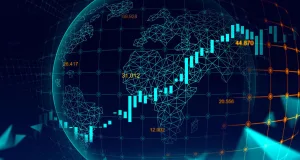Unveiling the Mysteries: Why Are Steel Prices Skyrocketing?
3 min read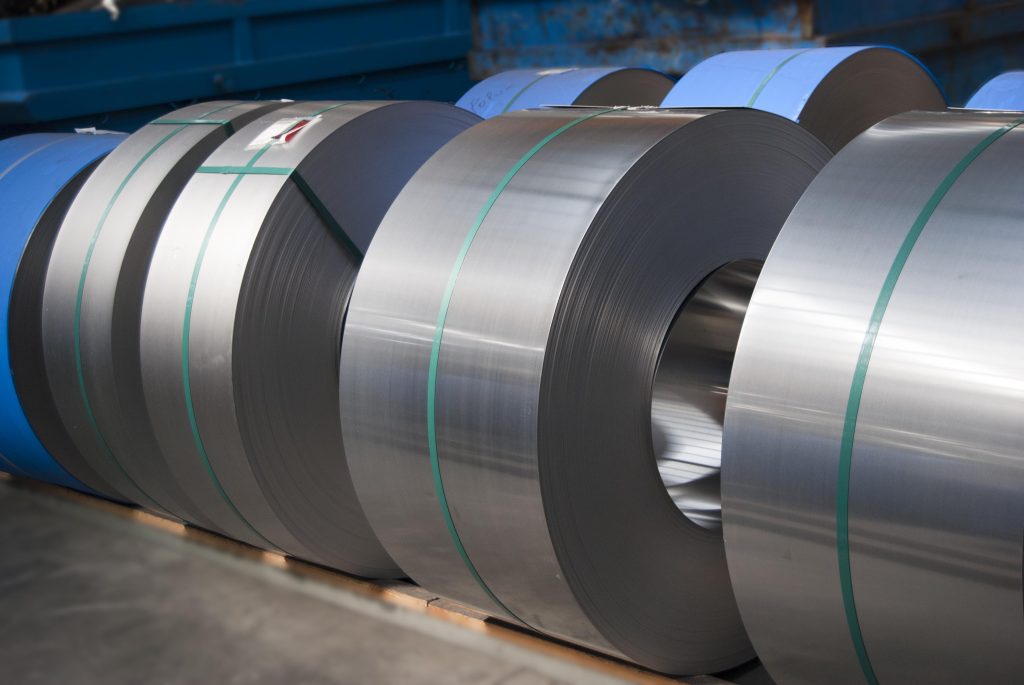
In the ever-evolving landscape of global economics, few phenomena capture attention quite like the sudden surge in steel prices. As the backbone of numerous industries, from construction to manufacturing, the fluctuations in steel costs ripple across markets, impacting everything from consumer goods to infrastructure projects. But what lies beneath the surface of this seemingly enigmatic rise in steel prices? Let’s delve deeper to unravel the complexities and uncover the driving forces behind this trend.
Demand-Supply Dynamics: At the heart of the matter lies the fundamental principle of supply and demand. The recent surge in demand for steel, driven by booming construction projects, infrastructure developments, and the resurgence of manufacturing activities, has placed immense pressure on the already strained supply chains.
Global Economic Recovery: The aftermath of the COVID-19 pandemic has witnessed a remarkable rebound in economic activities worldwide. As nations strive to rebuild and revitalize their economies, the demand for steel has surged exponentially, outpacing the capacity of steel producers to meet the growing needs.
Supply Chain Disruptions: The pandemic-induced disruptions continue to reverberate through supply chains, exacerbating the challenges faced by steel manufacturers. From logistics bottlenecks to raw material shortages, these disruptions have led to production delays and increased operational costs, further fueling the upward trajectory of steel prices.
Rising Raw Material Costs: The cost of key raw materials essential for steel production, such as iron ore and scrap metal, has witnessed a significant escalation in recent months. Factors such as supply constraints, increased demand, and speculative trading have contributed to this surge, consequently pushing up the overall production costs for steel manufacturers.
Trade Policies and Tariffs: The imposition of tariffs and trade restrictions on steel imports and exports by various nations has added another layer of complexity to the pricing dynamics. Trade tensions and protectionist measures have disrupted global supply chains, leading to market uncertainties and price volatilities.
Environmental Regulations: The growing emphasis on sustainable practices and environmental regulations has compelled steel manufacturers to invest in cleaner technologies and adhere to stringent emission standards. These efforts, while commendable, entail significant investments, which ultimately translate into higher production costs that are passed on to consumers.
Speculative Trading: The speculative behavior of investors and traders in commodity markets has also played a pivotal role in driving up steel prices. Speculative trading, fueled by market sentiments and anticipations of future price movements, can exacerbate price volatilities and distort market fundamentals.
Geopolitical Tensions: Geopolitical uncertainties and regional conflicts can disrupt the flow of raw materials, impede trade routes, and destabilize markets, thereby exerting upward pressure on steel prices. The geopolitical landscape remains fraught with risks, adding yet another layer of unpredictability to the already complex equation.
In conclusion, the surge in steel prices is a multifaceted phenomenon shaped by a confluence of factors ranging from supply-demand dynamics and global economic trends to supply chain disruptions and geopolitical uncertainties. While the exact trajectory of steel prices remains uncertain, understanding the underlying drivers can empower businesses and policymakers to navigate these challenges effectively. As we chart a course towards a sustainable and resilient future, addressing the root causes of steel price fluctuations will be imperative in ensuring stability and prosperity for industries reliant on this vital commodity.
